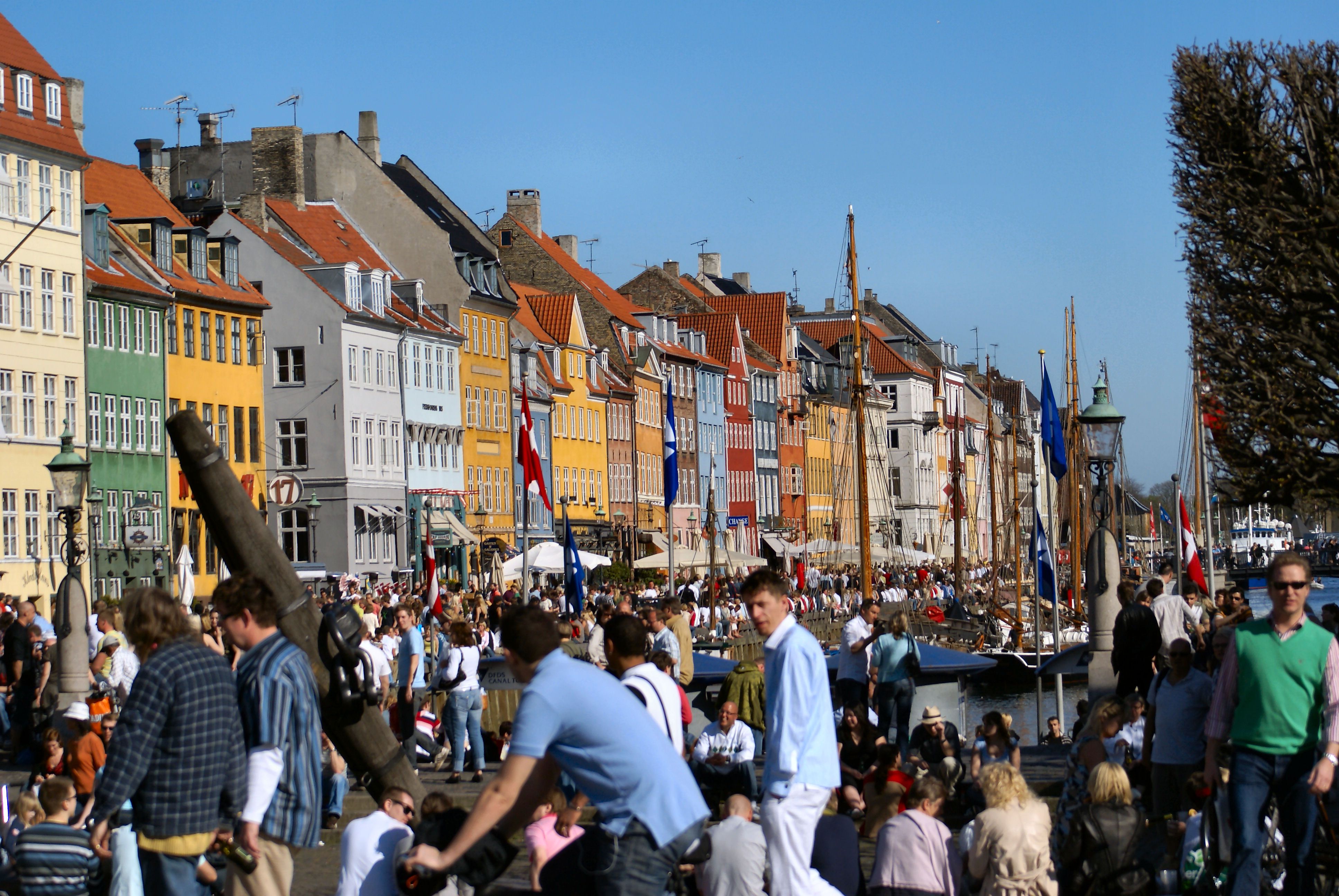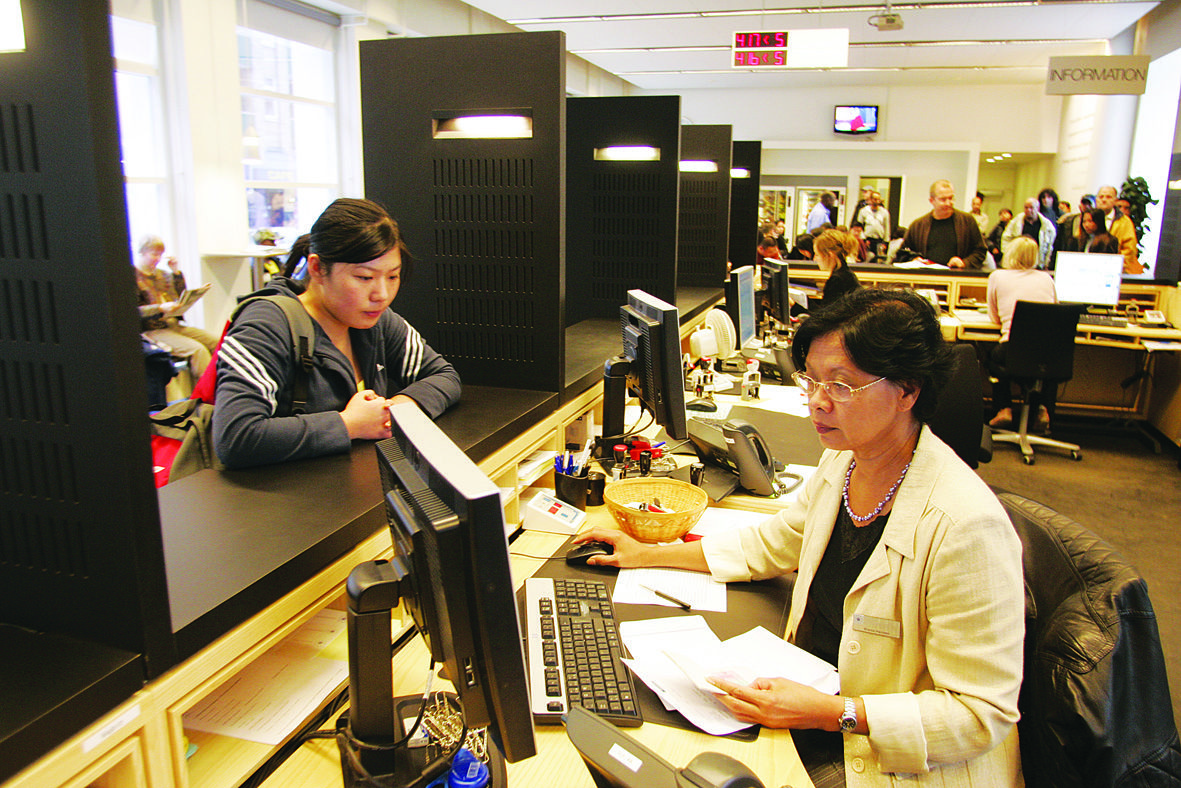 With Christmas quickly approaching, most of us have probably spent more time thinking about how many bottles of schnapps we are going to knock back, rather than how to prepare the perfect (and near holy) flæskesteg. This Danish version of roast pork has long been considered one of Denmark’s principal national dishes, and it is also considered a favourite for the Danish Christmas dinner − served on Christmas Eve.
With Christmas quickly approaching, most of us have probably spent more time thinking about how many bottles of schnapps we are going to knock back, rather than how to prepare the perfect (and near holy) flæskesteg. This Danish version of roast pork has long been considered one of Denmark’s principal national dishes, and it is also considered a favourite for the Danish Christmas dinner − served on Christmas Eve.
Although pork is now a firm favourite in Denmark, it wasn’t actually until the 1860s, after the Industrial Revolution, that it became such a popular dish. Prior to the introduction of wood-fired ovens, it was all sausages and hams for the Danes. From the beginning, joints were always cooked together with the rind in order to provide crackling, and ever since, this has become a prerequisite for a great Flæskesteg.
Over the years, I’ve seen many glourious roast porks fail miserably due to the crackling not becoming crispy, which is why this recipe should be followed to a T. The key to crispy crackling involves using a sharp knife to score the skin, making sure to cut almost through to the meat.
Once scored, it is essential to rub the skin with loads of salt, pepper to taste, and then of course to ensure it passes the Danish test, choose bay leaves over cloves as your decoration.
Danish Flæskesteg
Pork neck on the bone with skin intact 800g
Coarse salt
Ground pepper
Bay leaves 10-15
6-7 cups water
Meat thermometer
Start by preheating the oven to 180C while you prepare the pork. Although it is perfectly fine to take the pork straight from the fridge, allowing it to stand and come to room temperature is desirable.
Once the pork has reached room temperature, start by scoring the pork skin all over at 5mm intervals, until you are nearly down to the meat.
Then with a damp hand, rub in plenty of coarse salt, and pepper to taste. Finally take the bay leaves and stick them into the cuts.
Once prepared, place the roast, skin-side up, on an oven rack over a deep roasting tray along with 6-7 cups of water.
Roast the pork at 180C for 65-70 minutes.
Halfway through the cooking you can pour off the liquid from the roasting tray. This liquid can then be reserved for making gravy if you wish.
To make sure that the roast is cooked to perfection, always use a meat thermometer to test the roast’s core temperature before removing it from the oven.
At 65C it will be slightly pink and juicy, whilst cooking to a higher temperature will produce a drier roast.
Let the roast rest for at least 15 minutes before carving.
Serve roast pork with boiled potatoes, red cabbage and gravy.











